Some of you may remember how I always talk about creating angles to work with in a fight. "What are these angles he's talking about? I think Latrobe is just being silly!" Well I'm going to hopefully explain these angles and how they work to you right now!

Here's the situation. I'm in my 109F4 and there is an enemy 109F4 diving down on me from my high 7-8 o'clock position.
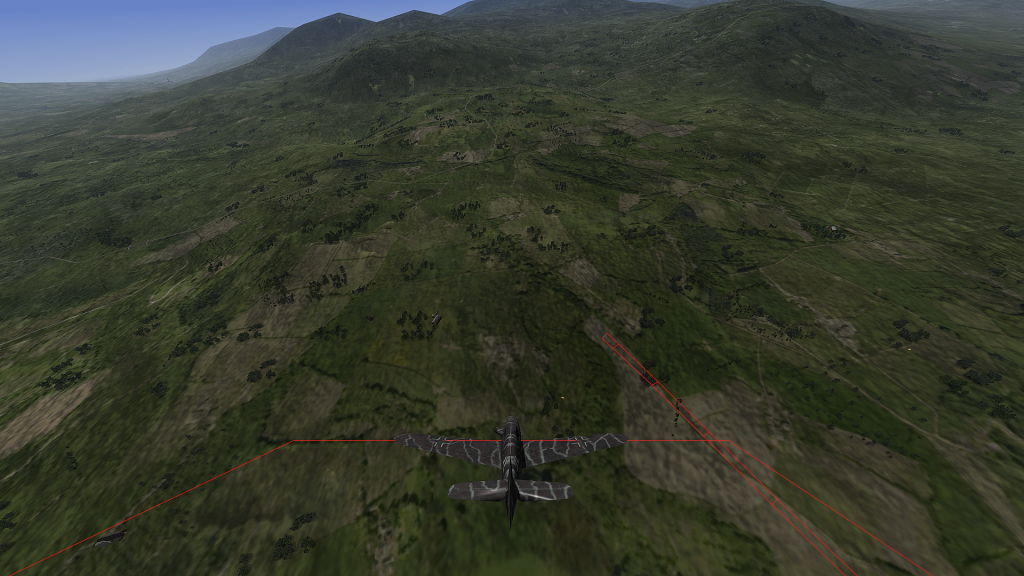
If I continue on my current course and do nothing then the 109F will very obviously drop in onto my 6 and shoot me down.
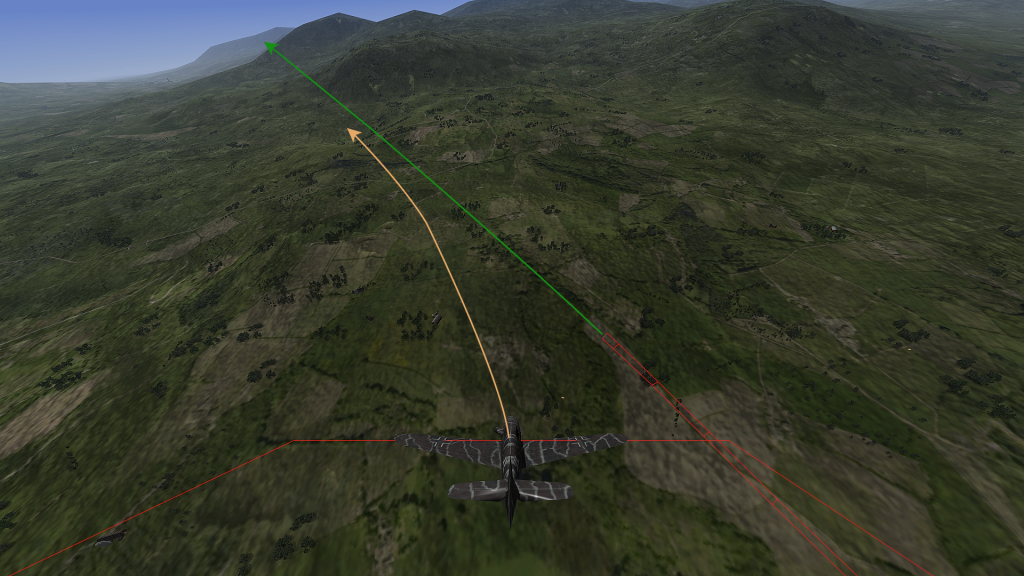
If I try to turn away or dive away from the 109F then again he can easily drop down on my 6 with more speed and kill me.

Neither of those choices create any angles for me to work with and exposes my 6 o'clock and that's why they will get me killed very quickly. But what are these angles that I am talking about? Well if you have a plane behind you giving chase and you continue to fly straight then you will both be flying the same course. No angle is created and you are going to get no where. In a Co-E chase, if you have someone 600 yards off your 6 and you're both flying at roughly the same speed then if you continue to fly a straight course for 10 seconds then you'll be in a different part of the airspace but you will still have that enemy plane 600 yards off your 6. Nothing has changed and nothing will ever change as long as you fly the same straight path. Worst case scenario is your opponent has more speed than you in which case eventually he is going to catch you! Best case scenario is you have more speed than him and you will eventually get out of his gun range and into a position where you can reset the fight, but you are not always going to be the faster plane so learning how to work these angles is vitally important.
In this diagram both planes fly the same course. Their flightpaths are parallel to one another and the defending plane gets absolutely no where. The attacker is going to be in that same position no matter how long the defender flies this course.
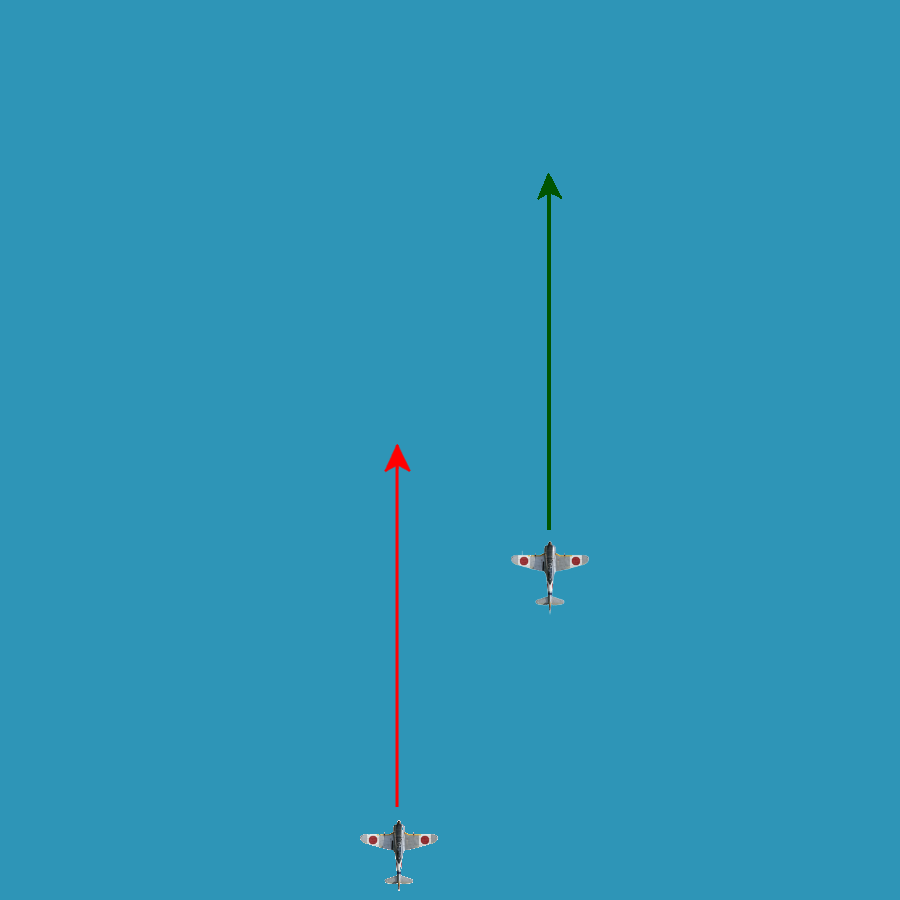
What the defending plane wants to do is change his flightpath. He does not want their flightpaths to be parallel to one another. In this next diagram we have the defending plane flying a slightly different course than the attacker. At some point the defender and attacker flightpaths are going to cross over one another. See that area between their flightpaths? Looks kind of like an acute
angle that we learned about in school! That's the angles I'm talking about! Those are the angles you want to create to work with. Creating these angles increases closure rate. The larger the angle, the higher the closure rate! It also gets you inside your opponents turn where he can't shoot you and that, along with higher closure rates, forces and overshoot!
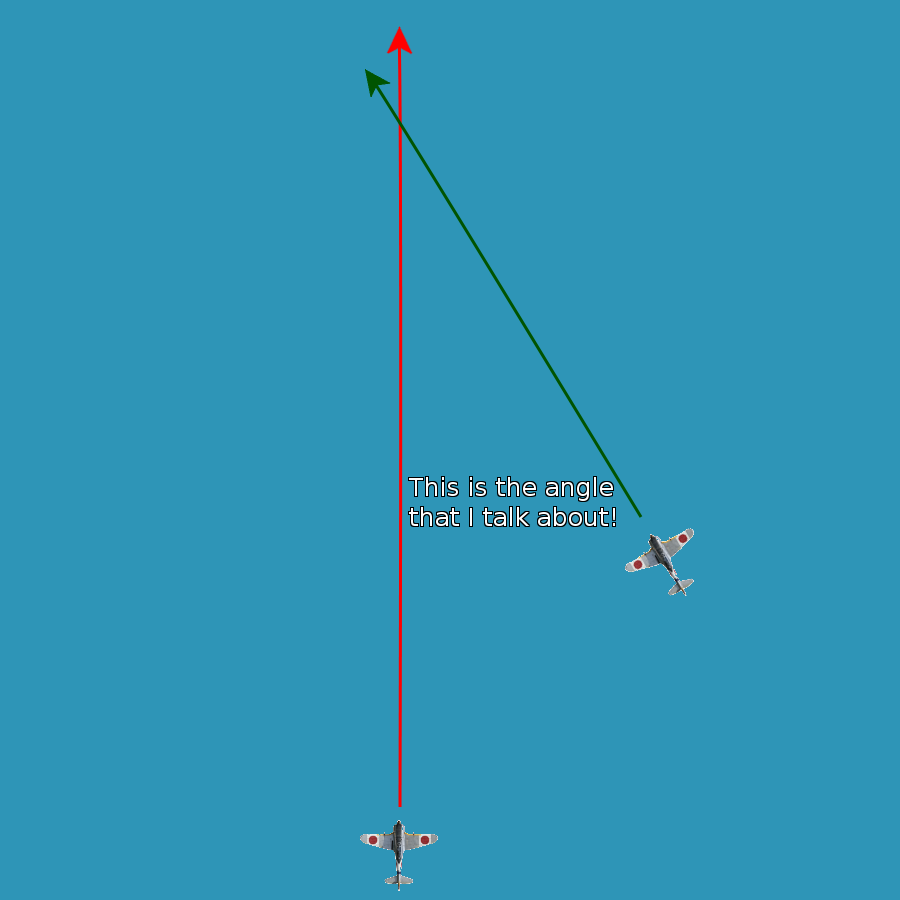
Now in this last diagram we have the defender flying a flightpath perpendicular to the attacker's. The angle is now much bigger than it was before. A bigger angle means higher closure rates! Higher closure rates and bigger angles means easier overshoots! Trainers call this "pointing your wingtip at your enemy". Why? Because you are literally pointing your wingtip at your enemy! If he's off your wingtip, then he's not on your 6! If he's off your wingtip then you are creating angles. If you're creating angles then you are increasing the closure rate and setting up for the overshoot!
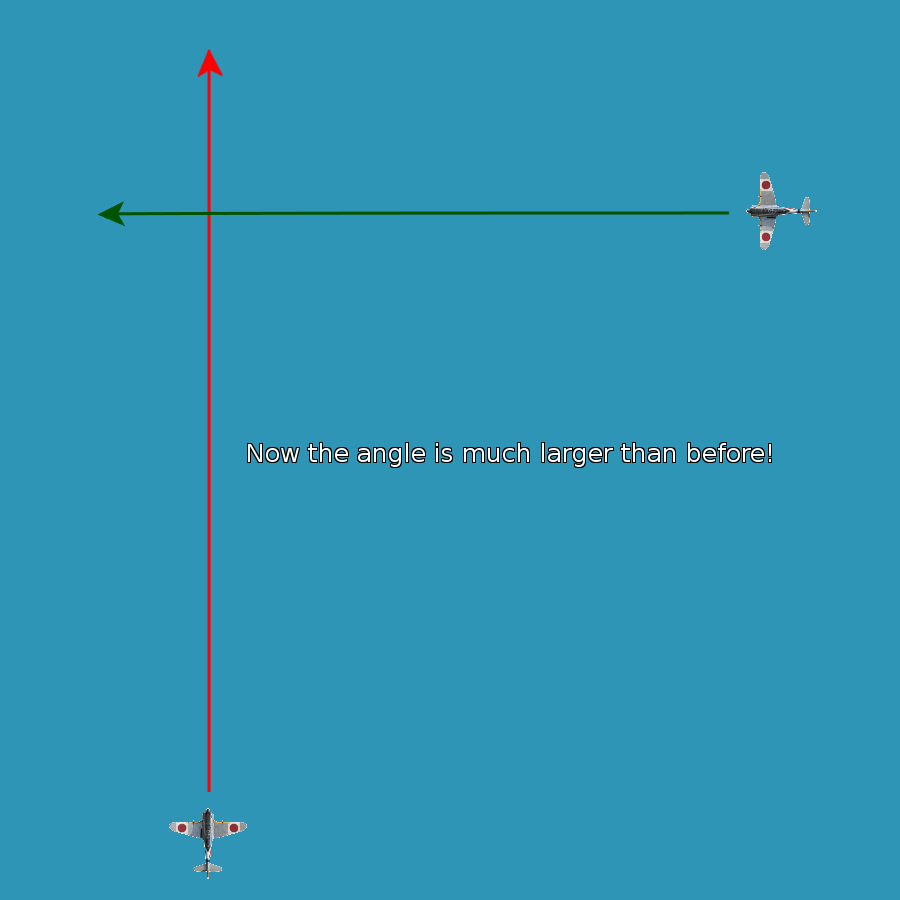
So how do I create these angles to work with in this situation? Well the 109F is diving on me from my high 7-8 o'clock, so I want to turn left and into him (Hey! Boelckes Rule 6!). This will start creating those angles that I want. Those angles will increase the closure rate and the closure rate will also become even higher thanks to the 109F diving and building up speed! My left hand turn will get me inside the 109's turn and he won't be able to get guns on me and overshoot.

That's exactly what I did and that's exactly what happened! Notice how our flightpaths cross perpendicular to one another? See the angle that I created and worked with? Just as I thought the 109 can not make the turn, can't get the shot, and he overshoots.

Now all I have to do is reverse my turn back into the 109 and I have gone from the defense to the offence

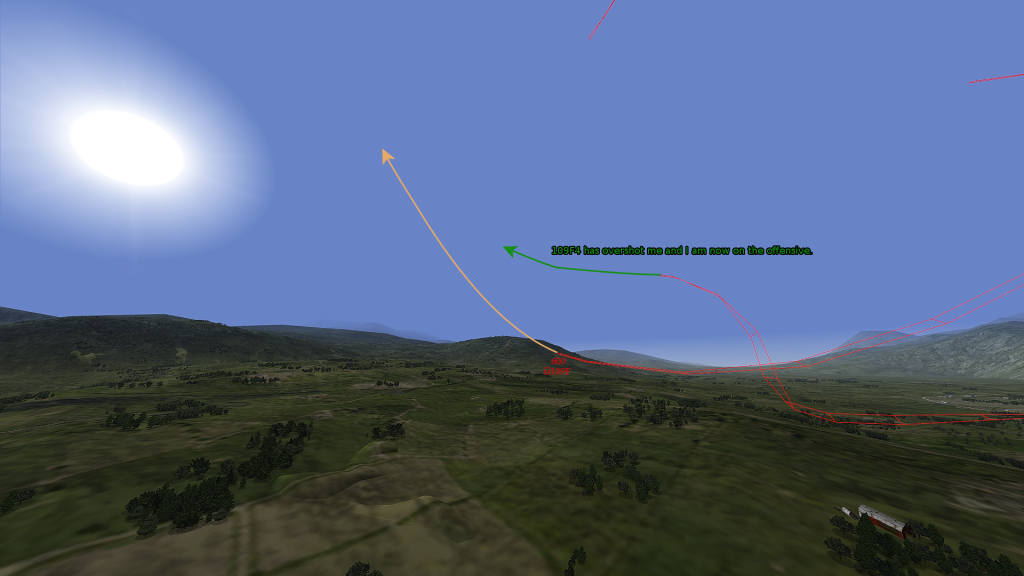
That's how I see angles in a fight. I hope I explained it well enough and it helps you in your flying. Now give it some practice and go kill those red planes!
